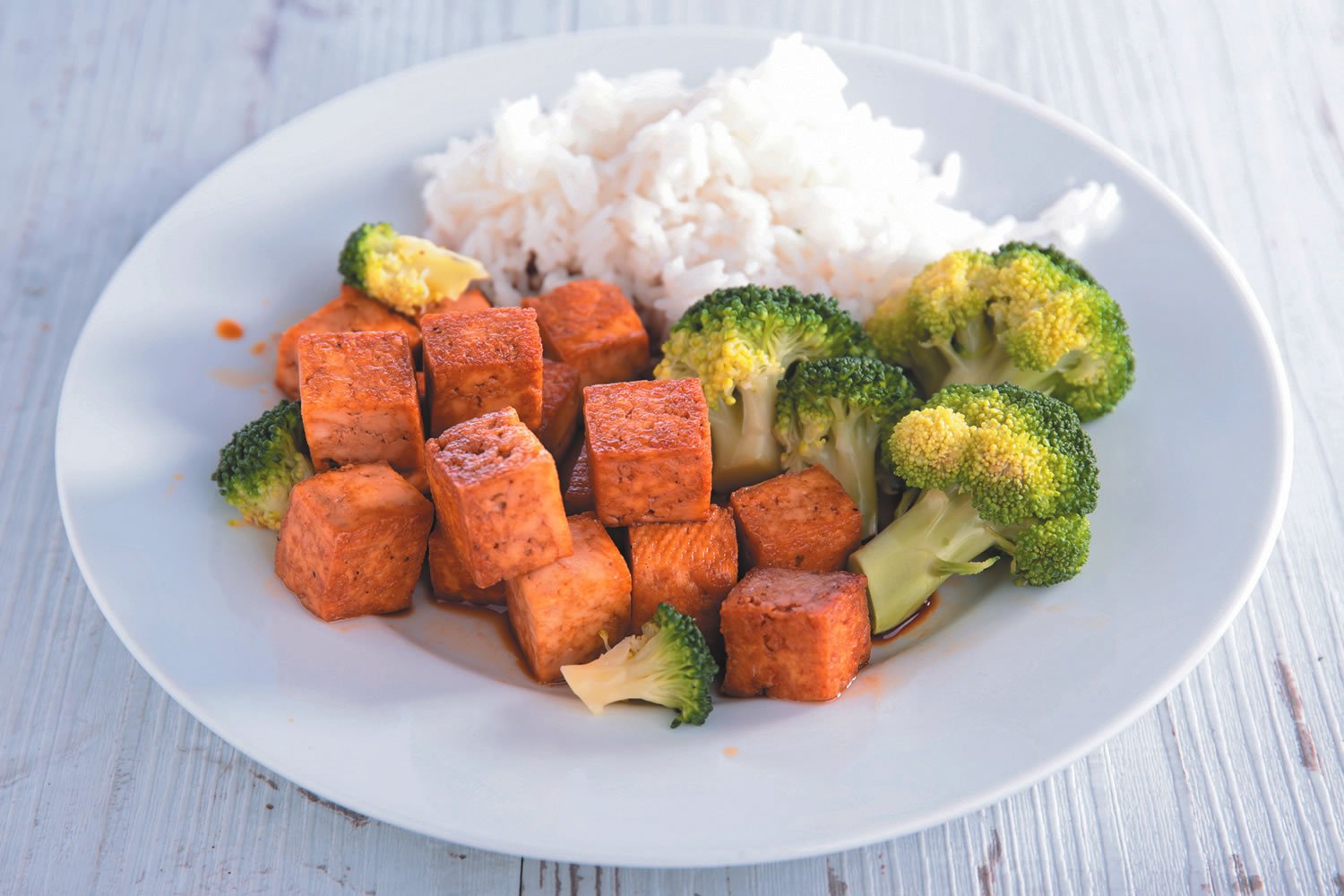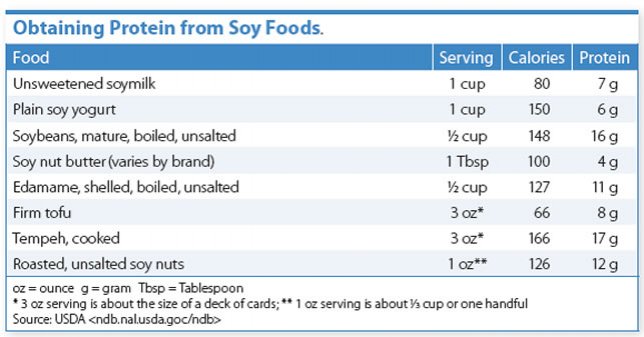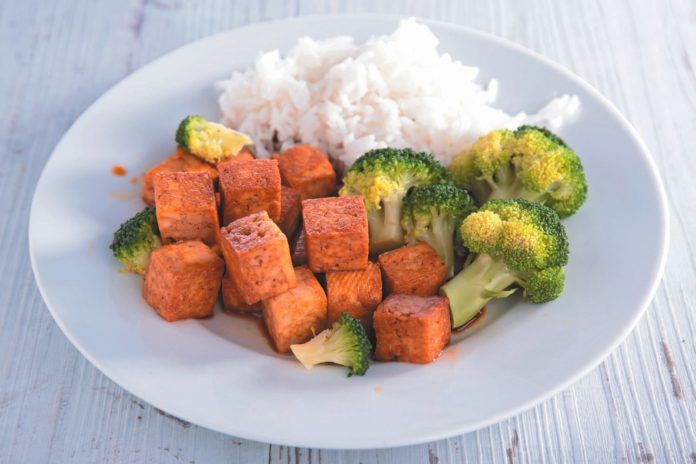
mage © margouillatphotos | Getty Images
Since 1999, the Food and Drug Administration (FDA) has allowed manufacturers of soy-based food products to claim that “consumption of 25 grams of soy protein a day, as a part of a diet low in saturated fat and cholesterol, may reduce the risk of heart disease.” This package labeling language was authorized based on preliminary evidence that incorporating soy in your daily meals can lower “bad” LDL cholesterol levels enough to reduce the risk of heart disease.
But in November 2017, the FDA announced the findings of a comprehensive review of research on soy protein and heart health—some of it by Tufts nutrition scientists. The FDA concluded that research to date does not offer strong enough evidence on the relationship between soy and heart disease to support the current health claim.
After reviewing public comments—including from the soy foods industry, health advocacy organizations and the general public—the FDA will make a decision. It’s possible that if the heart-health claim continues, it will do so only in a diluted form, as what is called a “qualified” claim with wording that acknowledges the scientific uncertainties.
Although it remains unclear whether soy protein improves heart health, soy foods still fit into a healthy eating plan. Soy is a legume, like peanuts, beans, peas, chickpeas, and lentils, and by weight is about one-third protein. In the 2015-2020 Dietary Guidelines for Americans, soy is recommended as a healthy protein source, and also provides, polyunsaturated fatty acids, fiber, magnesium, selenium and zinc.
“There are many beneficial components in soy foods,” says Alicia Romano, MS, RD, LDN, Registered Dietitian, Frances Stern Nutrition Center, Tufts Medical Center. “Soy foods are an excellent source of vegetable-based protein—a great replacement for meat and animal proteins. They are rich in fiber and heart-healthy unsaturated fats.”
How to Add Soy to Your Diet: Soy products that are more “whole” and less altered, like plain cooked soybeans (edamame) and soymilk, are more consistent with a healthy eating pattern. When eaten in place of red meat or refined carbohydrate foods, soy can boost the quality of your diet.
Here are common options:
Soybeans: The mature (fully developed) soybean is harvested from a pod, making it a legume (bean). Like other beans, you can sprinkle them on salads or use them in vegetarian chili, soups and stews. Cooked and pured soybeans can be used to make a vegetable dip or spread. Edamame are immature (green) soybeans still in the pod and are eaten commonly in Asian cultures. Typically, the pods are boiled or steamed and sprinkled with salt. They are good as an appetizer, snack or potluck dish.
Soymilk: Soymilk is made by soaking, grinding, boiling and filtering soybeans. “Fortified soy milk is a good source of protein and calcium and, actually, it’s the most comparable alternative to cow’s milk among the other vegetable-based milks, such as almond and rice milk,” Romano says. “But choose unsweetened varieties.”
Tofu: This soy food is made by coagulating soymilk into curds and pressing them into blocks. It comes in soft (“silken”), firm or extra-firm versions. Tofu provides a relatively large amount of protein per calorie. Silken tofu can be used in smoothies and dressings, while firm tofu can be incorporated easily into soups, stews and stir-fry dishes. A half cup (100 calories) of raw firm tofu contains about 11 grams of protein.
Tempeh: Made from fermented soybeans, tempeh has a stronger flavor than the relatively bland-tasting tofu typically consumed in the US. A half cup contains about 15 grams of protein.
Miso: Miso is a paste made from fermented soybeans, sometimes with rice, barley or other grains. It can be used to flavor sauces, spreads and soups. Miso typically contains a lot of salt so use only as a seasoning and in moderation.
Soy Nuts: These are roasted soybeans that come plain, lightly salted or flavored. Soy nuts are a filling snack, nutritionally equivalent to tree nuts and seeds. With any nut, choosing an unsalted or lightly salted variety is your best bet to avoid excessive sodium.
Prepared Soy Foods: A wide range of prepared and packaged food products tout their soy content. Soy is often added to hot cereal mixes and breakfast bars to boost protein. Soy nut butter, made from roasted soybeans, is a good source of protein and unsaturated fat. But some packaged or frozen soy products may contain high amounts of sodium and added sugar. Romano cautions, “Scan the ingredients list and the Nutrition Facts panel as you would any other packagedfood.






















